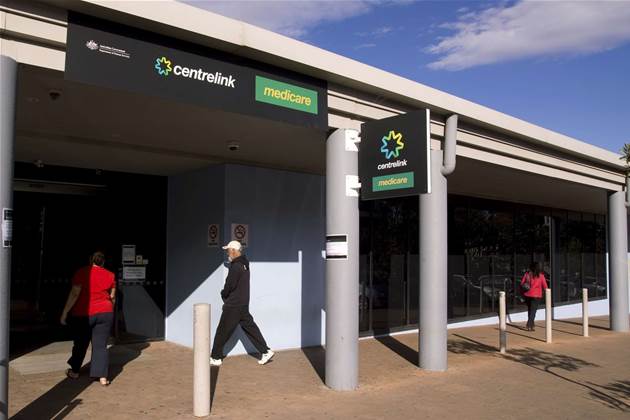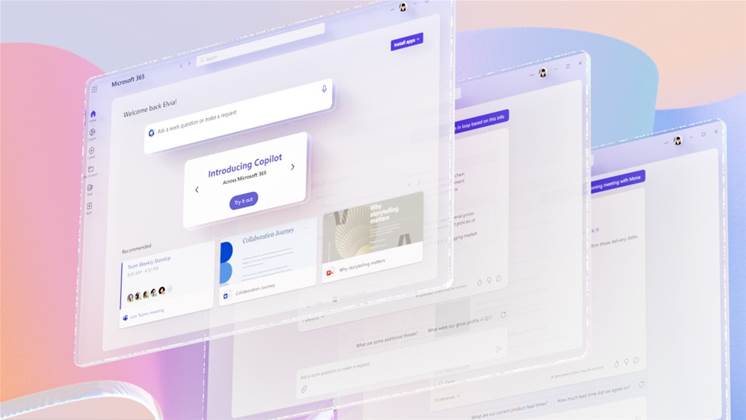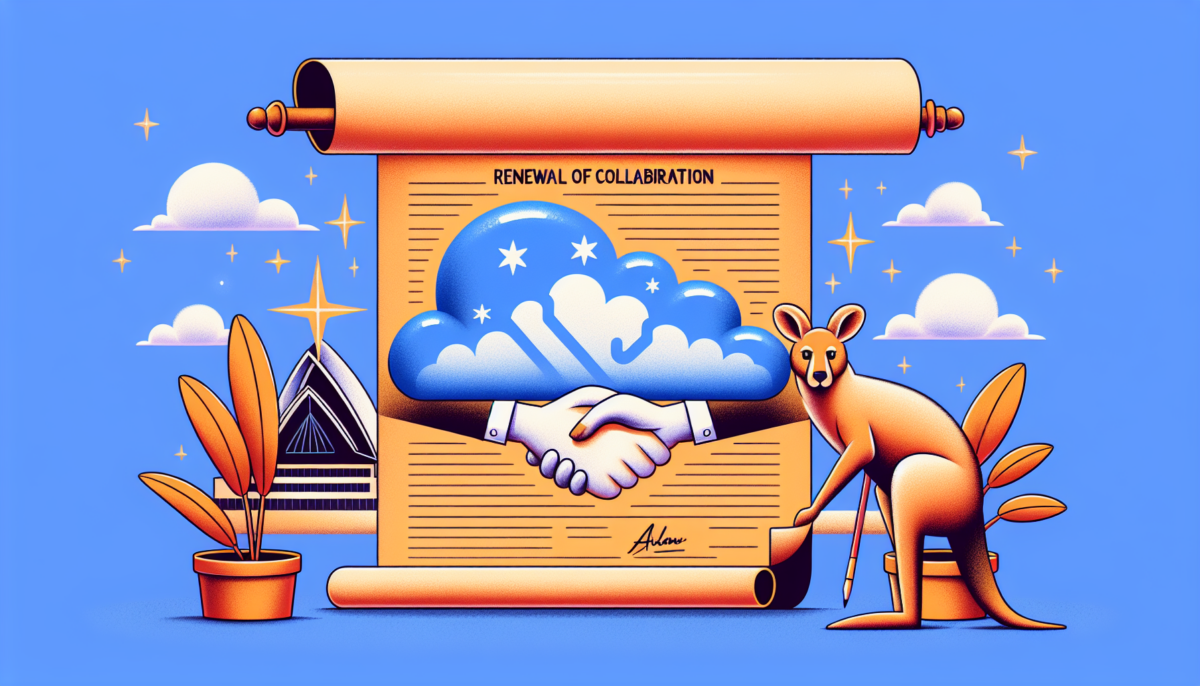Services Australia obtains $226 million extension for data centre services
We independently review everything we recommend. When you buy through our links, we may earn a commission which is paid directly to our Australia-based writers, editors, and support staff. Thank you for your support!
Services Australia Extends Data Centre Partnership with $226M Renewal

Quick Overview
- Services Australia has renewed its agreement with Canberra Data Centres (CDC) for an additional five years.
- The latest contract is valued at $226.1 million and pertains to CDC’s Hume and Fyshwick data centres.
- The deal encompasses computer hardware maintenance, although further details were not revealed.
- Services Australia has collaborated with CDC since 2011, experiencing several contract renewals throughout the years.
- This renewal is part of Services Australia’s wider 10-year strategy for IT infrastructure improvement.
Long-Standing Partnership with CDC
Services Australia has once more renewed its agreement for data centre services with Canberra Data Centres (CDC), securing a five-year contract valued at $226.1 million. The arrangement guarantees continued infrastructure support at CDC’s Hume and Fyshwick sites in the Australian Capital Territory. This collaboration, initiated in 2011, remains fundamental to the agency’s approach to data management.
Details of the Agreement
According to the official announcement on Austender, the renewed contract is primarily focused on “computer hardware maintenance.” However, a spokesperson for Services Australia mentioned that the renewal includes the same general services as previously provided, without going into extra details.
Background of Services Australia’s Data Centre Contracts
Services Australia initially partnered with CDC in 2011 through a contract valued at $106.1 million for a decade-long term. This was followed by a second agreement in 2016 amounting to $289 million, scheduled to conclude on 31 January 2025. This latter deal specifically targeted the Hume data centre and has undergone multiple extensions, including renewals in 2022 and 2023.
Convergence with Services Australia’s IT Overhaul
The recent contract extension arrives at a crucial juncture, paralleling Services Australia’s strategic ambition to revamp its IT architecture over the coming decade. This effort follows an extensive review designed to modernise and enhance digital infrastructure, ultimately improving service delivery for millions of Australians.
Conclusion
Services Australia’s move to prolong its relationship with Canberra Data Centres for another five years highlights the agency’s dedication to maintaining robust and secure data infrastructure. This contract, valued at $226.1 million, guarantees ongoing operations at CDC’s Hume and Fyshwick sites, complementing broader initiatives aimed at modernising IT frameworks over the next decade.
Frequently Asked Questions
Q: What is the total value of the new contract between Services Australia and CDC?
A:
The new contract is valued at $226.1 million, extending the data centre services agreement for an extra five years.
Q: Which data centres are encompassed by this agreement?
A:
The contract involves Canberra Data Centres’ Hume and Fyshwick facilities located in the Australian Capital Territory.
Q: What services does the extension include?
A:
The agreement covers “computer hardware maintenance,” according to the notice on Austender. However, further specific details have not been disclosed.
Q: How long has Services Australia collaborated with CDC?
A:
Services Australia has maintained a partnership with CDC since 2011, marked by several contract renewals through the years.
Q: How does this extension align with Services Australia’s larger IT strategy?
A:
The contract extension is in harmony with Services Australia’s 10-year overhaul of IT architecture, aimed at modernising digital infrastructure and enhancing service delivery.
Q: When does the newly extended agreement reach its expiration?
A:
The five-year contract extension will be effective until at least 2029.
Q: Has Services Australia shared any further details regarding upgrades or modifications to its data centre operations?
A:
While the agency has not revealed specifics, the agreement is anticipated to preserve existing services and possibly facilitate future IT modernisation initiatives.
















